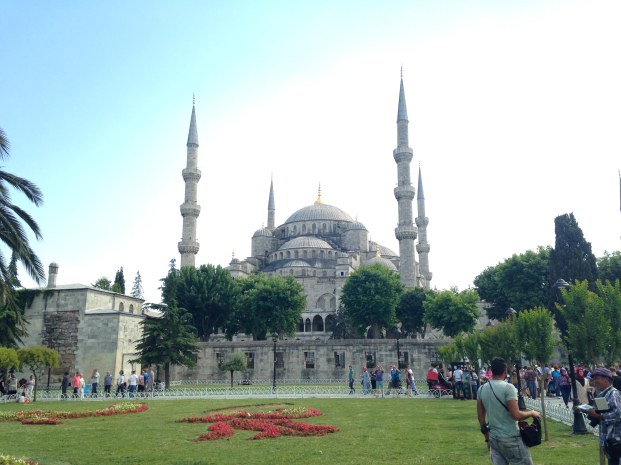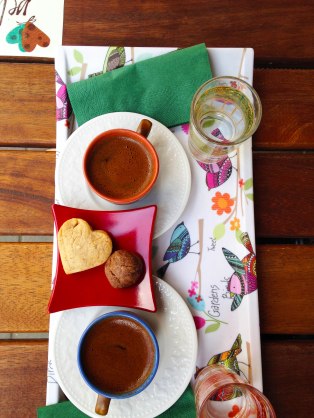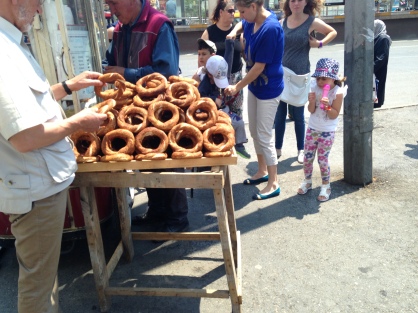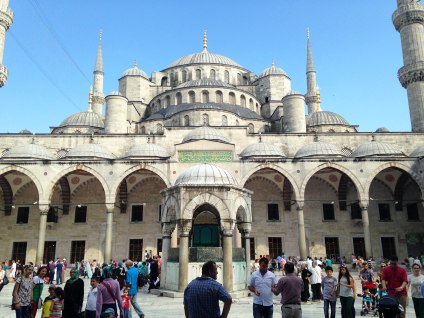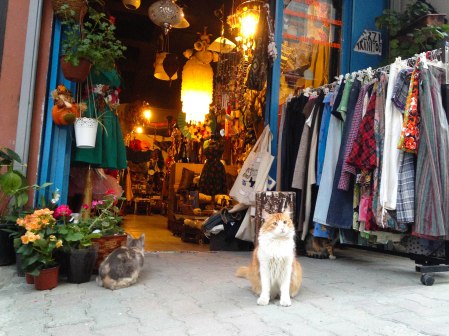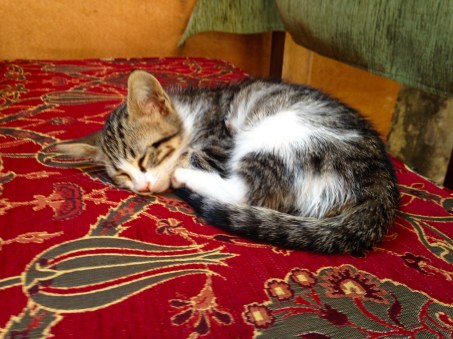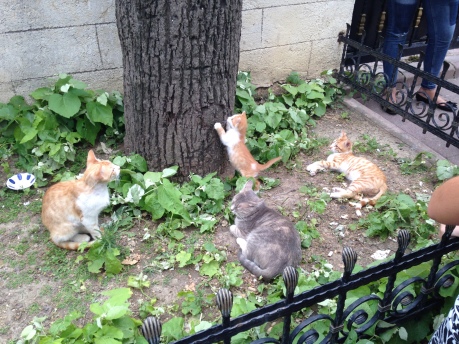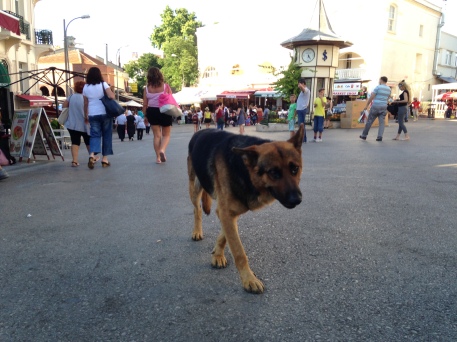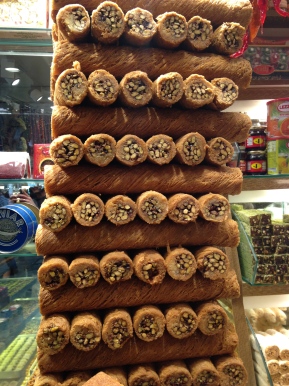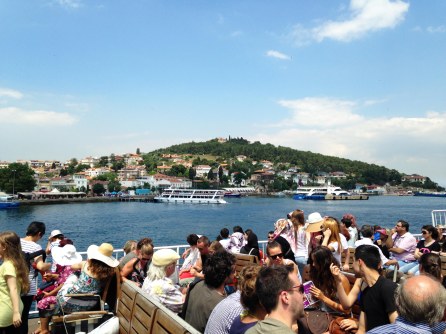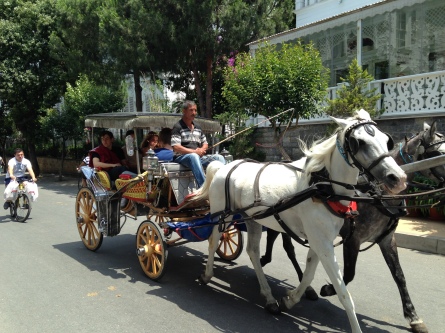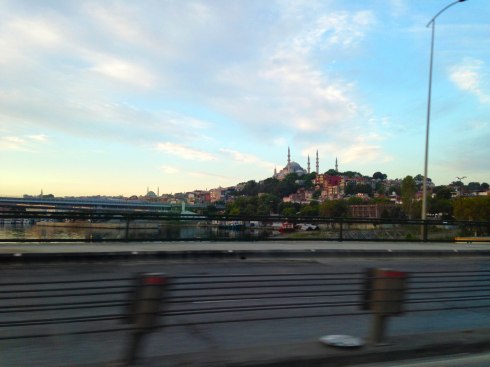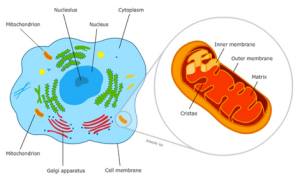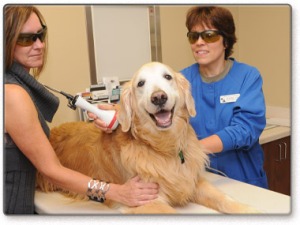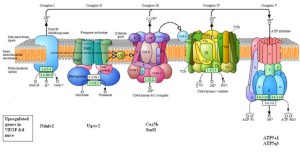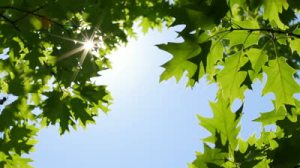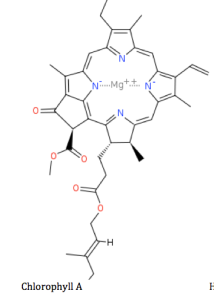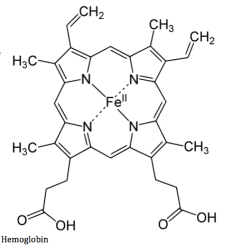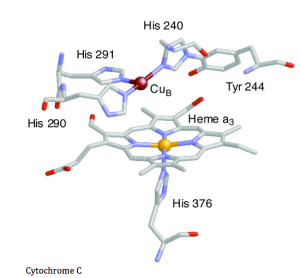Istanbul is a city I never really thought I would visit. After being there, I can’t imagine not seeing such a cornerstone of the modern world. It’s called the gateway between East and West, and it certainly feels that way today. Religion, culture, food, and language meet at this crossroads of tastes, smells, sights and sounds. It’s a city of millions of inhabitants from all over the world, all living under one roof.
Mornings begin with cheese, fruit and strong tea, followed by coffee. The word for ‘breakfast’ in Turkish, kahvaltı, actually means ‘before coffee’. Turkish coffee is a sandy, gritty affair, essentially unfiltered, strong espresso. Delicious but I wouldn’t drink the dregs. Honey and creamy butter on toast makes a perfect start to the day.
Water is a must in the summer heat, though everyone from adults to enterprising young children sell bottles wherever you go. One should always check the seal of the bottle is intact, to avoid slumdog millionaire water hustlers. In a city of 15 million, it’s staggering to think of how many plastic water bottles are discarded each day.
Street cats and dogs are in abundance, though they all seem very well taken care of. These animals walk the streets, turning corners and brushing past you like they’re late for an appointment. They’re welcome in about any establishment, from a streetside restaurant to Topkapi Palace, and lay in the shade without a care in the world.
There are about 150,000 strays in Istanbul. These street dogs and cats are widely accepted and fed by residents, and in the spirit of this the company Pudgeon has invented vending machines that take used plastic bottles and provide food for stray dogs.
While not solving over-population it’s certainly an original idea for improving animal welfare and perhaps for changing perspectives about these animals. The materials of the bottles make up for the cost of the dog food. Other ‘solutions’ have included a proposal to send a majority of the dogs to nearby forests, which was widely protested by animal rights activists because the animals wouldn’t likely survive outside the city.
Touristing is exhausting in this place. People constantly dodging in front of you, yelling their wares and inviting you into their restaurant. Exactly the opposite of strict British sensibility. The fish sandwiches are amazing and though filter feeding mussels are in abundance one risks a daily dose of mercury and/or lead toxicity with every delicious mouthful. Men line the streets and back alleys, sitting on stools and playing backgammon, while women herd the children around town.
Turkish delights, circular rolls, cigarettes and corn-on-a-stick are omnipresent as you wander between ancient mosques and palaces. The call to prayer pleasantly interrupts your evening, each singer taking their turn between nearby mosques. Before the advent of loudspeakers, the singers would climb hundreds of feet up the minarets and sing their hearts out.
http://www.youtube.com/watch?v=a0E6FJxNi7I
A short ferry ride from the city, Prince’s Islands is a peaceful respite away from madness. Automobiles are banned on the islands, bicycles, horses and carriages taking their place. If you take your time and wander you might find a ‘secret’ beach to relax, passing small houses with cows, goats and sheep next to decaying Ottoman-era mansions. This was a place of monasteries and royal exiles, Byzantine empresses and Leon Trotsky, and is now a popular escape for locals.
A quick, early morning taxi takes you shooting through narrow, winding streets. A glimpse of a mosque and back to the midlothians. Exhausted, but a city vibrant, beautiful and very alive upon reflection.

